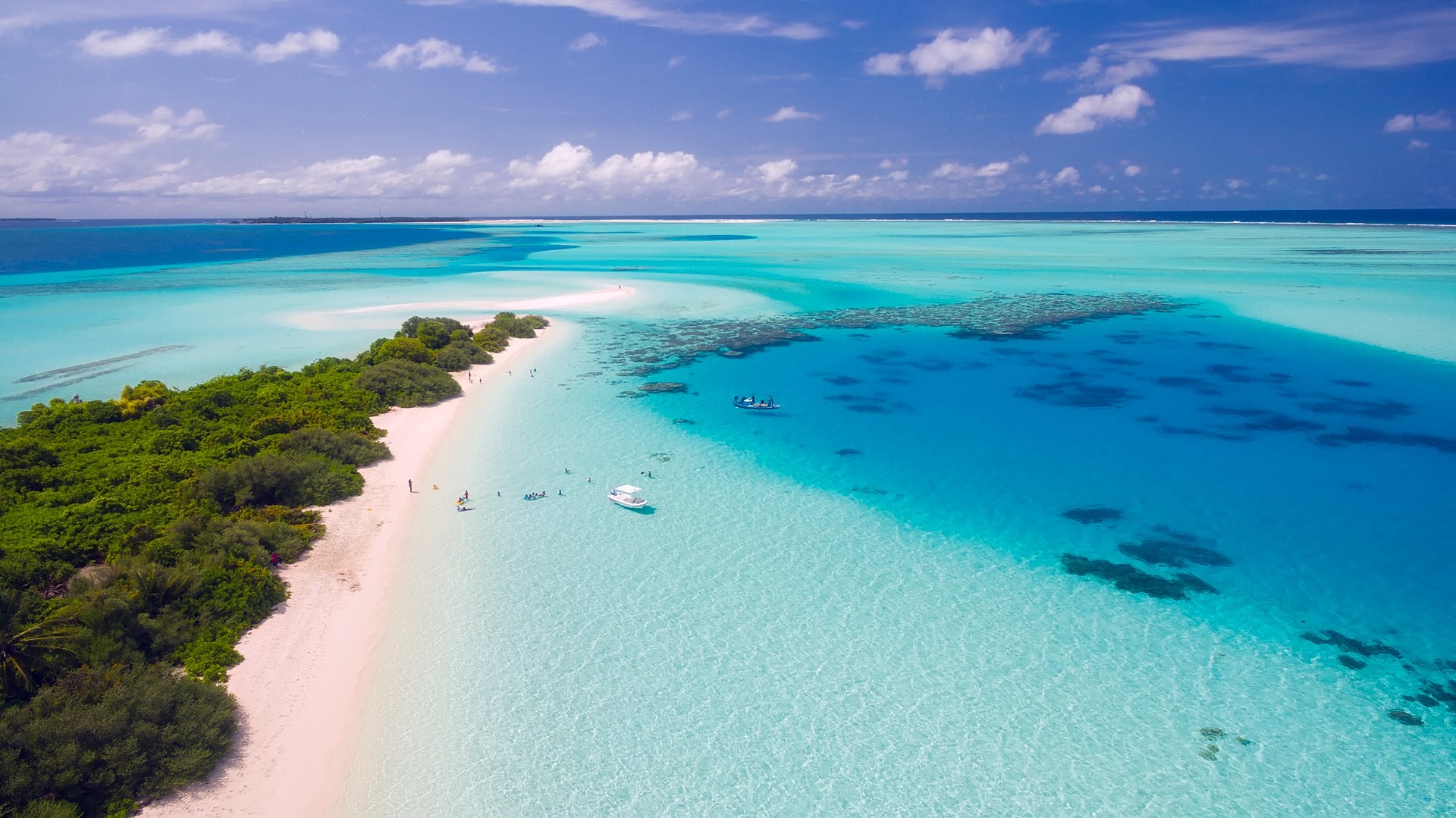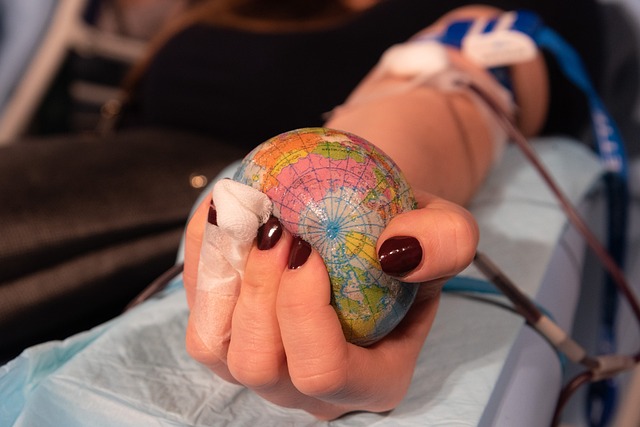Paddleboarding Adventures: A Fresh Wave in Outdoor Travel
Imagine skimming across the tranquil surface of a tropical lagoon, propelled by nothing more than your own paddle's rhythmic strokes. Welcome to the world of paddleboarding, an emerging trend in outdoor travel. This article delves into the history, current trends, and practical applications of this captivating travel style, shedding light on why it has become a favorite among adventure-seekers worldwide.

A Brief History of Paddleboarding
Paddleboarding, despite its recent surge in popularity, has deep roots. The sport traces back to ancient Polynesian cultures, where it was a mode of transportation, fishing, and even warfare. Modern paddleboarding, often referred to as ‘Stand-Up Paddleboarding’ (SUP), was popularized in Hawaii during the 1960s. Over the decades, it evolved from a niche beach activity into a global phenomenon, attracting not just surfers but also travelers seeking a new kind of adventure.
Paddleboarding: A New Wave in Travel
As more people crave unique, active, and sustainable travel experiences, paddleboarding has carved out its niche. It offers a perfect blend of physical activity and peaceful communion with nature, aligning with the current trend towards wellness travel. Paddleboarding expeditions are now offered worldwide, from the serene backwaters of Kerala, India, to the icy fjords of Norway.
The Advantages and Challenges of Paddleboarding
The appeal of paddleboarding lies in its simplicity and versatility. It requires minimal equipment - a paddleboard, paddle, and lifejacket - and can be enjoyed in various settings, including lakes, rivers, and oceans. It’s an excellent full-body workout and a unique way to explore off-the-beaten-path destinations. However, it does pose challenges. Paddleboarding requires balance, strength, and confidence in the water. Weather conditions can also significantly affect the experience.
Research Findings on Paddleboarding
Research confirms the health and wellness benefits of paddleboarding. A study by the American Council on Exercise found that SUP is an effective workout, burning more calories per hour than most gym activities. Moreover, the ‘blue mind’ theory suggests that being near water can reduce stress and improve mental health, further enhancing the appeal of paddleboarding.
Essential Paddleboarding Tips
-
Start in calm, flat water: Before venturing into waves or taking long journeys, build your confidence and skills in calm water.
-
Use the right equipment: Ensure your board is suitable for your weight and skill level and always wear a personal flotation device.
-
Master the basics: Learn how to stand, balance, paddle, and – importantly – fall off safely.
-
Respect the environment: Follow ‘leave no trace’ principles to protect the natural landscapes you explore.
Final Thoughts
Paddleboarding offers a fresh, exhilarating perspective on outdoor travel, merging sport, exploration, and wellness. Its rise reflects the evolving travel landscape, where experiences that promote health, sustainability, and a deep connection with nature are increasingly valued. Whether you’re an avid adventurer or a casual traveler, paddleboarding might just be the next travel trend to ride.




